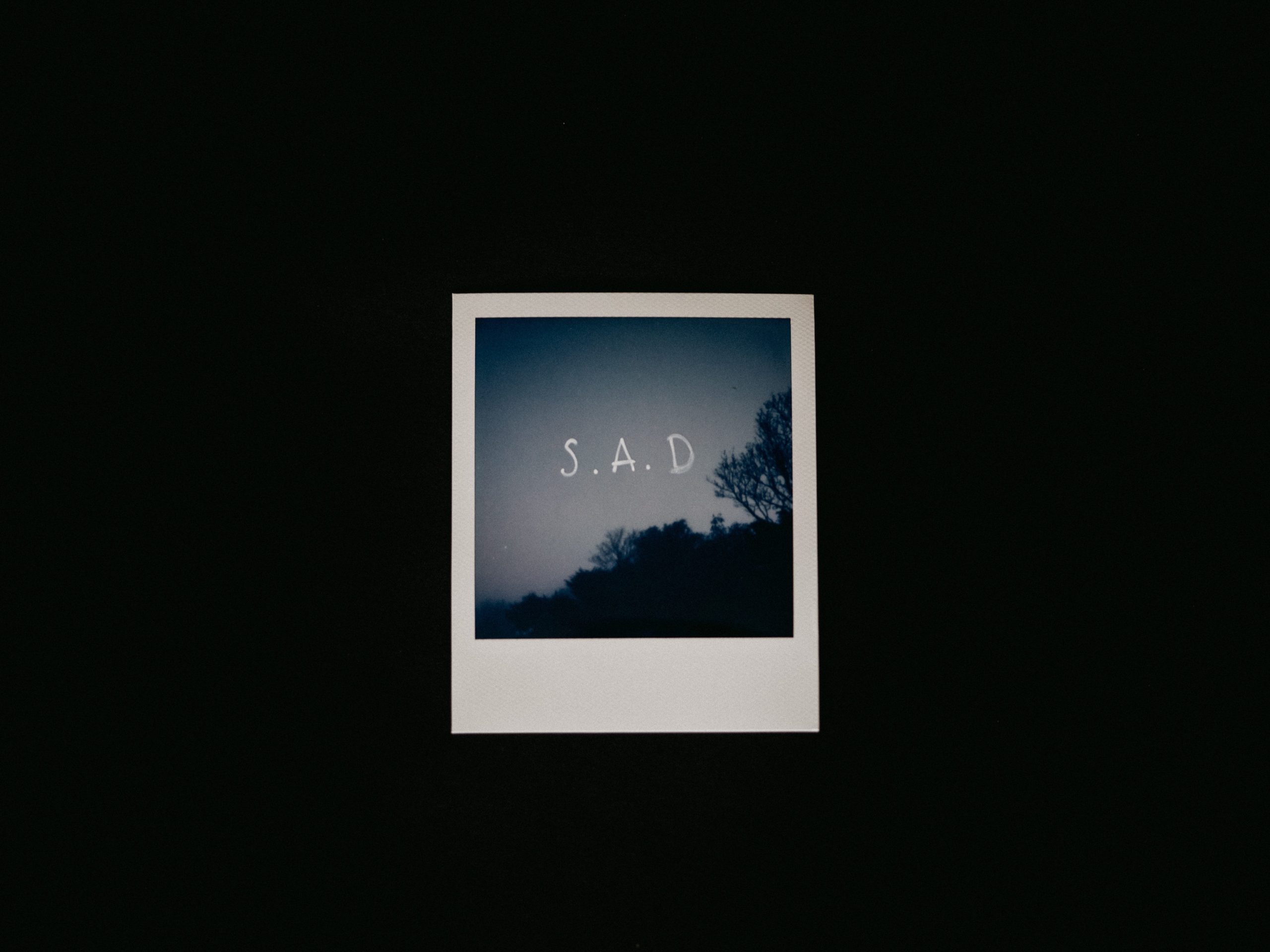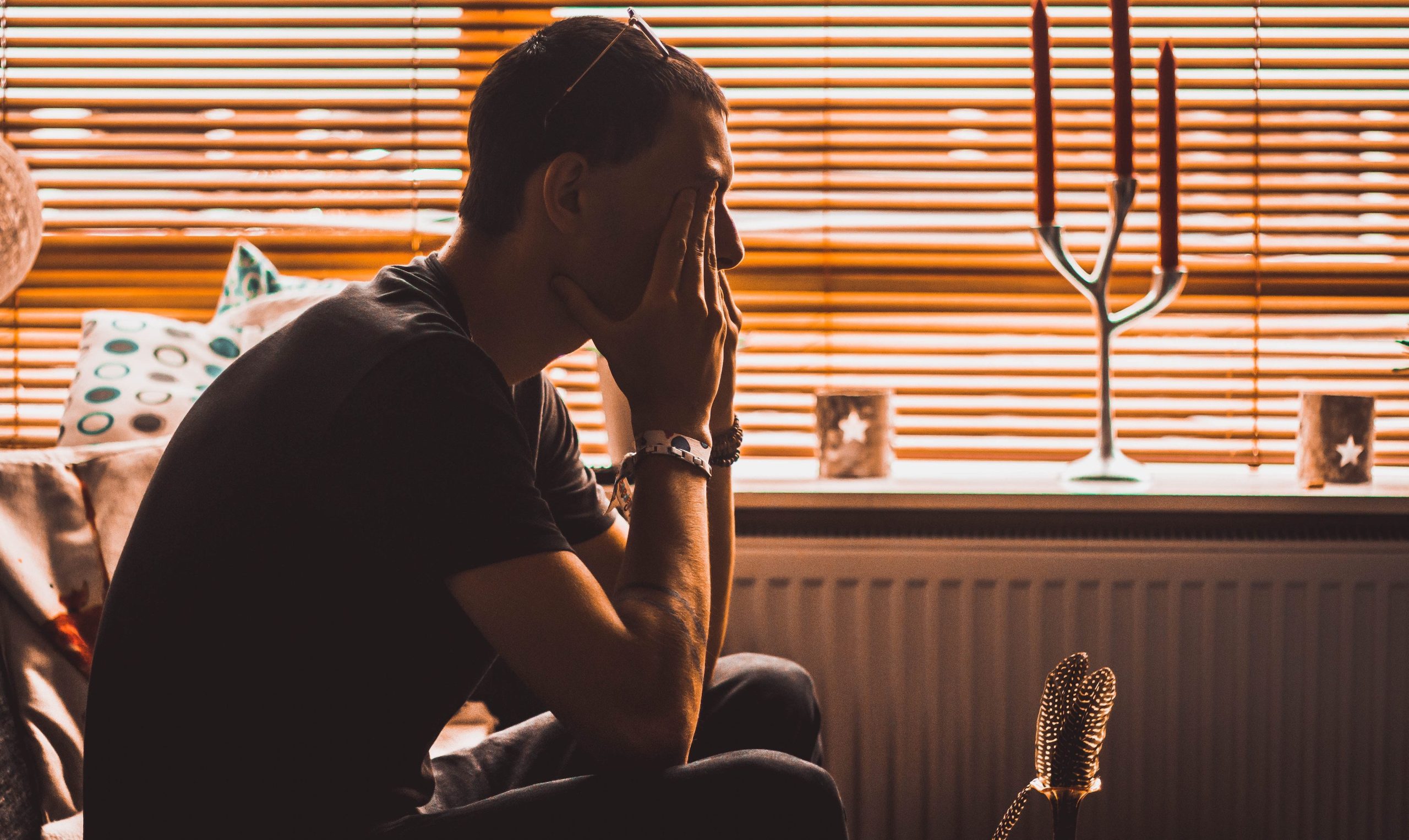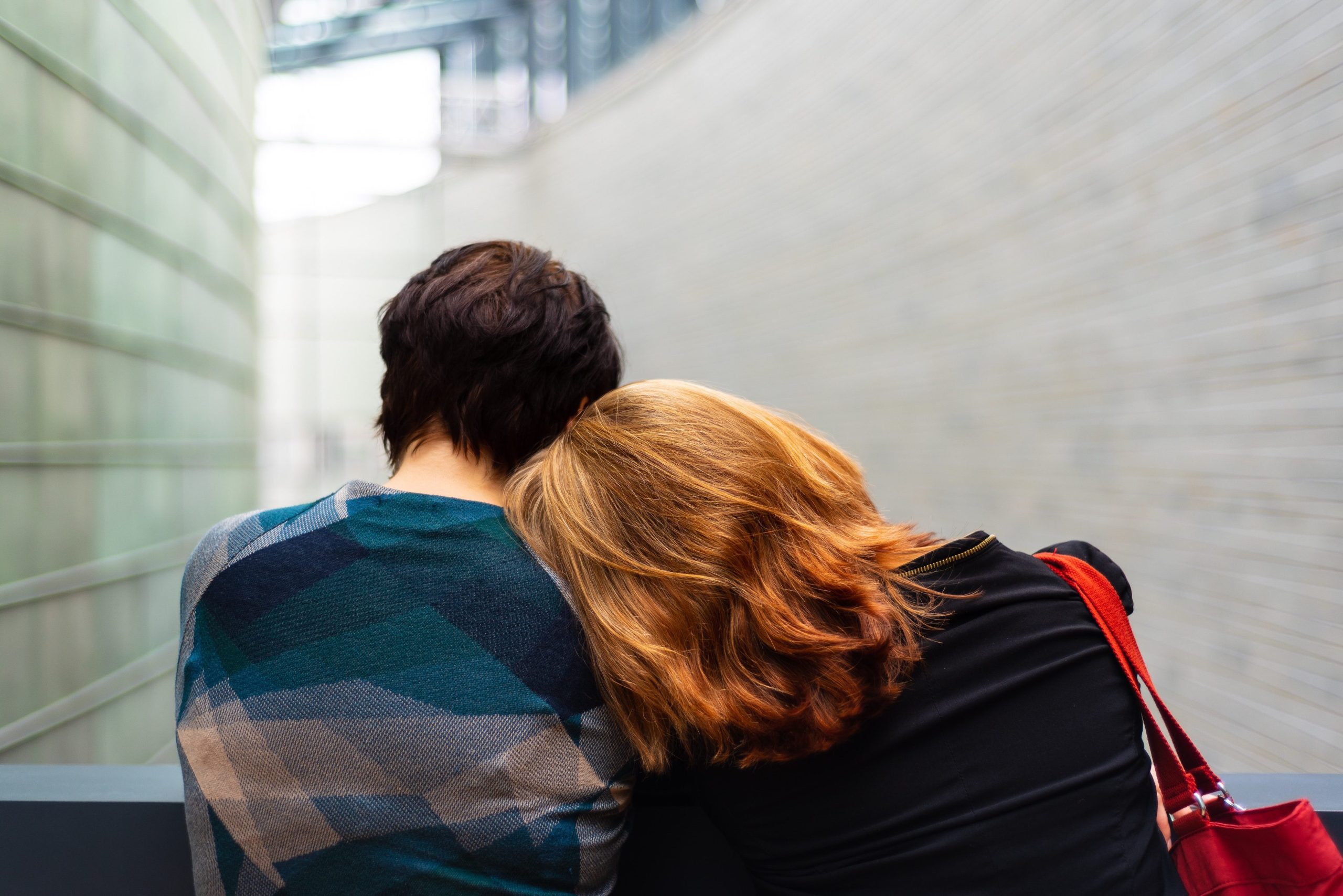What Is Seasonal Affective Disorder?
Despite being fairly common, Seasonal Affective Disorder (SAD for short) doesn’t often get discussed. With this year’s National Seasonal Affective Disorder Awareness Day on July 24th, it’s a good time to explore more about this mood disorder. SAD is similar to low mood or depression. However, whilst depression is ongoing, SAD is usually characterised by someone having normal mental health throughout most of the year and then depressive symptoms at a certain time of year, usually in the winter months as the sunlight reduces. SAD can affect anyone at any time in their lives, regardless of age, gender or background.
Symptoms Of Seasonal Affective Disorder
The depressive symptoms associated with SAD can include feeling low or flat, lacking energy and motivation, problems with sleeping, and a lack of pleasure in activities that are usually enjoyable. You might find it more difficult to concentrate or notice yourself withdrawing more from family and friends. These symptoms range from mild to severe but for some people with SAD, they can significantly impact day-to-day life.
Due to the overlap with depression and its seasonal nature, it can take some time to diagnose SAD. It can help to keep a record of when you feel low to see if a seasonal pattern develops. Speak with your doctor or mental health professional if you feel you might have SAD. They will be able to work with you to diagnose your symptoms and support you with treatment if required.
What Causes Seasonal Affective Disorder?
It’s not known exactly what causes SAD. Nevertheless, various causes have been proposed. One idea is that the part of the brain called the hypothalamus requires sunlight in order to work properly. During the winter months, this area of the brain doesn’t get enough light to function correctly. This leads to higher melatonin production (increasing sleepiness) and lower serotonin levels (increasing depression). The lack of light may also disrupt our body’s internal body clock which tells us important information such as when to wake up. SAD also sometimes runs in families and may have both genetic and behavioural components.

Treatments for Seasonal Affective Disorder
There are a number of effective treatments for SAD, including light therapy, talking therapy, medication and self-care. It’s likely that you’ll get the best results from adopting a number of different approaches to treating the symptoms of SAD, such as combining talking therapy with self-care and light therapy. Your doctor or mental health professional will be able to suggest the best treatment or combination of treatments for you, based on your symptoms and their severity. Some treatment options for SAD include:
1. Self-Care
There are things we can do to support ourselves with the symptoms of SAD. Getting out in sunlight as often as possible is helpful. Doing this improves our mood and helps us to sleep better. Try to aim for at least 10 minutes outside each day. Getting outside in the morning is especially good for us but any time of day is helpful. You could plan a walk before work or during your lunch break. Even if you’re not feeling up to going far, a short time outside is still beneficial. Other self-care tips for SAD include eating a healthy diet, managing stress, getting regular exercise, keeping in touch with friends and family and trying to work or live in spaces that aren’t too dark.
2. Talking Therapy
Engaging in talking therapy can support us to learn to successfully manage the symptoms of SAD. Talking with a professional in confidence allows us to share our concerns and learn new perspectives and coping strategies. Cognitive Behavioural Therapy (CBT) is a type of talking therapy that sees our thoughts, behaviours and feelings as interconnected. The idea behind CBT is that by changing how we think and act we can change how we feel. CBT is effective in treating the low mood associated with SAD. You could also explore counselling and psychotherapy as alternative talking therapies to CBT.
3. Light Therapy
The use of light therapy can sometimes be effective in managing SAD. This therapy involves being exposed to a bright lamp or light box for between 30 and 60 minutes each morning. You can place the lamp somewhere convenient such as on your desk and go about your usual routine whilst you benefit. The idea behind light therapy is to replace the natural sunlight that’s missing during wintertime.
Light therapy is thought to work similarly to getting outside more by reducing the production of melatonin and increasing the production of serotonin in the brain. If you do decide to try light therapy, make sure that you choose a light box that’s suitable for SAD. It’s always best to consult with your doctor before you try any new treatment.
4. Medication
There is some evidence that taking antidepressants can help to reduce the symptoms of SAD. Certain antidepressants can help to increase levels of serotonin in the brain and so improve mood. Medication for SAD works best alongside other types of treatment such as self-care and light therapy. As with any medication, it’s important to consult with your doctor and have regular reviews to manage any side effects.
How Can Online-Therapy.com Help?
If you’ve already tried some of these techniques and would like to explore strategies to manage SAD further then Online-Therapy.com can help. By signing up with our CBT (Cognitive Behaviour Therapy) program you can choose a therapist who will work with you to develop a personalised toolkit to support you with managing SAD successfully and to help you work on creating an effective self-care toolkit. You can choose to have your therapy sessions by video, phone or text chat (couple counselling will be video only), making Online-Therapy.com a flexible, accessible and convenient option.




Leave A Comment